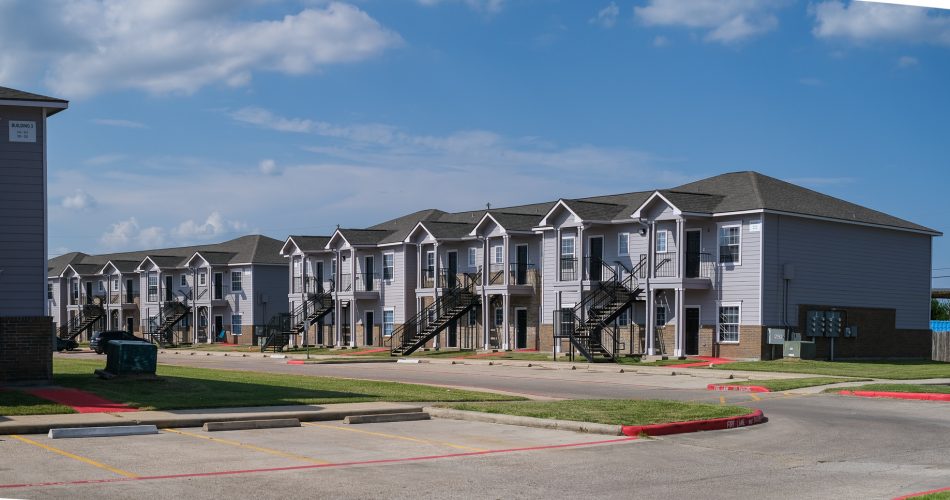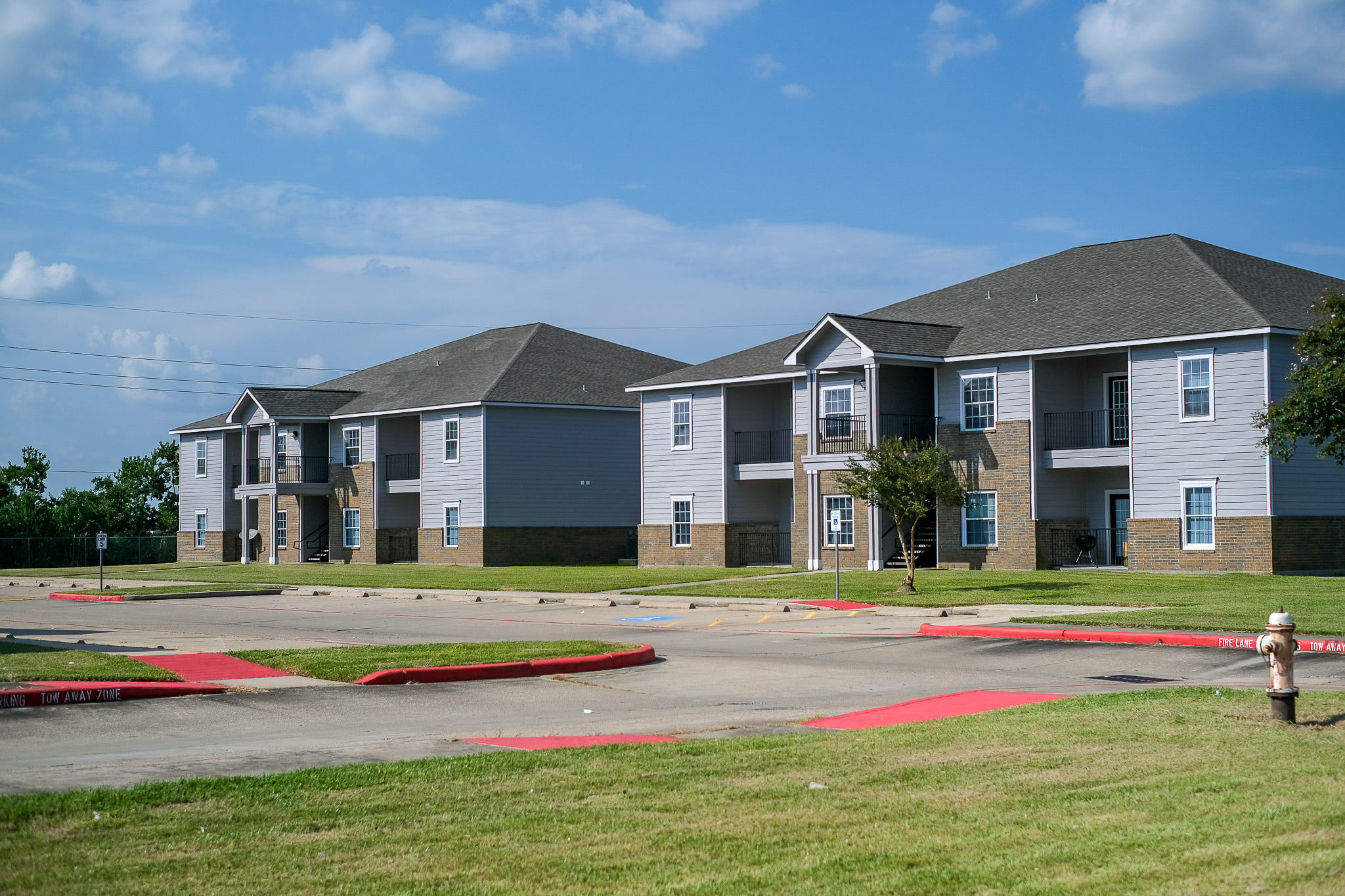Income restrictions are a key aspect of the Low-Income Housing Tax Credit (LIHTC) program, which is a federal program that provides tax credits to developers who build or rehabilitate affordable housing units. The LIHTC program is designed to help low-income households access safe, decent, and affordable housing and income restrictions are one of the ways that the program ensures that the units are reserved for those who need them most.
Income restrictions for LIHTC tax credit apartments are determined by the U.S. Department of Housing and Urban Development (HUD) and are based on the area median income (AMI) for the region in which the housing units are located. For example, in an area with an AMI of $60,000, HUD might set the income limit for a household of four at $36,000. This means that a household of four with an annual income of $36,000 or less would be eligible to live in an LIHTC unit in this area. However, a household of four with an annual income of more than $36,000 would not be eligible to live in an LIHTC unit in this area.
When it comes to income limits for renting, the maximum amount is usually set by a regulator like HUD. But there can also be minimum requirements too – often determined by the management company you’re renting from. To ensure renters have enough money coming in each month to pay for the renter’s responsible rent, they’ll typically look at total earnings from things like vouchers, earning income, or Social Security (SSI). Depending on the management company or property, guidelines usually fall within minimum levels of 2 ½ – 3 times what your monthly rent would be as proof of financial stability.
It’s important to note that the application process for an affordable community is also more thorough compared to a conventional market-rate community. This helps ensure that residents are eligible and qualify for the programs they use within the community.
If you’re interested in living in an LIHTC unit, it’s important to check the income restrictions for the area in which you’re interested in living. You can usually find this information on the website of your local housing authority or property management company. Keep in mind that income restrictions may vary depending on the specific LIHTC development, so it’s a good idea to check with the property management company directly to confirm the income restrictions for a specific development.









